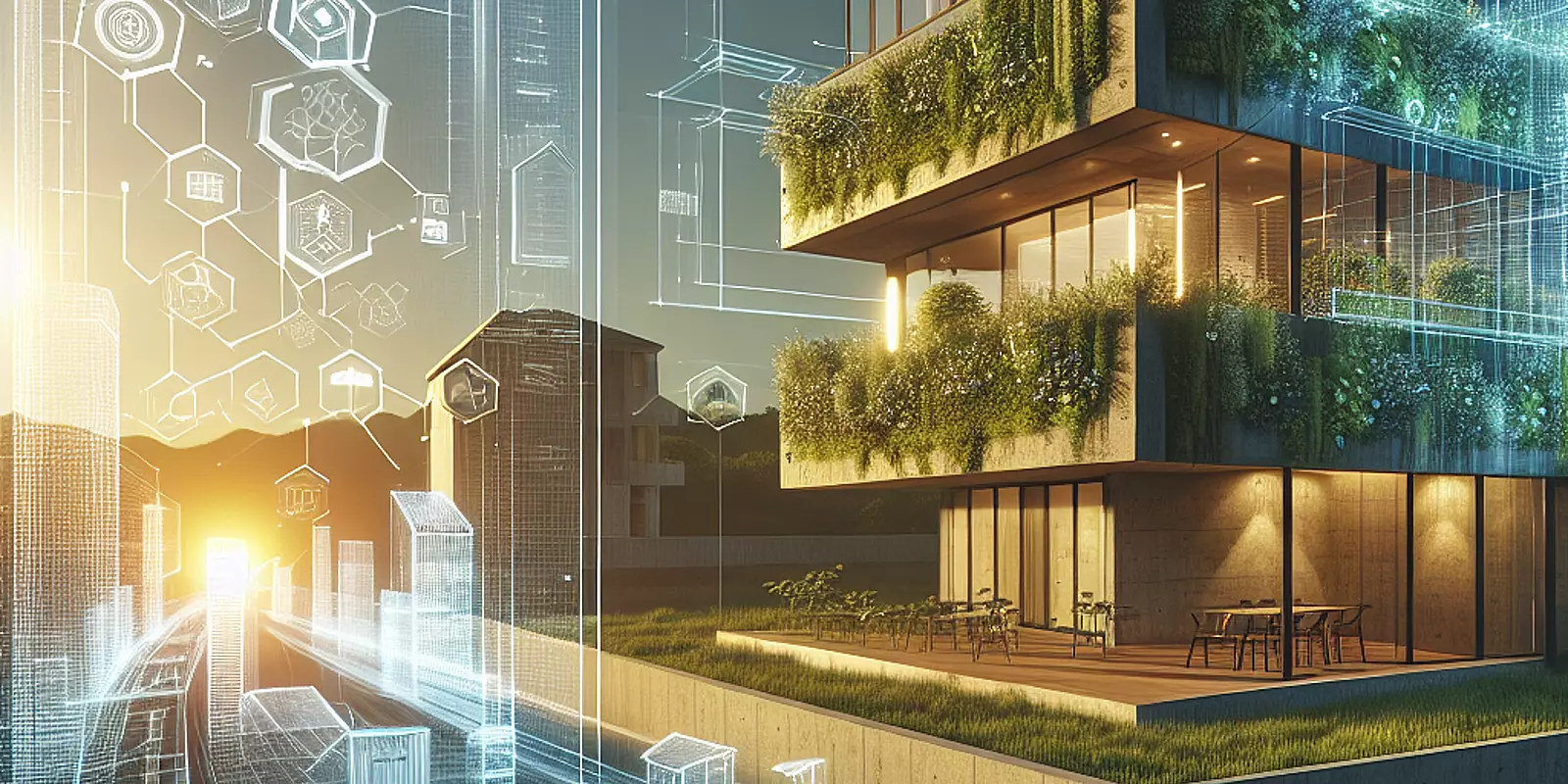
In today's dynamic world of architecture, the art of architectural visualizations has become crucial for communicating design intent and atmosphere. Realism in visualizations is no longer just an aesthetic choice but a vital tool for engaging clients and stakeholders. By crafting lifelike imagery, architects foster better communication and allow diverse audiences to immerse themselves in potential future spaces. This article delves into how architects can balance advanced rendering techniques with creative vision to achieve realistic visualizations.
Rendering has evolved significantly, transforming 3D architecture models into striking visual narratives that capture the essence of architectural design. Techniques such as ray tracing, rasterization, and global illumination offer unique advantages tailored for different project needs. Ray tracing is known for its ability to simulate accurate light interactions, delivering realistic shadows and reflections. On the other hand, rasterization is preferred for its speed, allowing for rapid design iterations.
The main challenge for architects is incorporating these techniques thoughtfully into their creative process. By achieving this balance, final visualizations can evoke emotional responses, immersing viewers in the story of the space. Mastering this fusion of technology and creativity is essential for producing impactful and evocative visualizations.
Selecting the appropriate architectural rendering software significantly impacts the realism and quality of visual outputs. V-Ray is renowned for its robust capabilities in rendering intricate materials and simulating realistic light behaviors, making it perfect for photorealistic imagery. Its global illumination feature ensures precise light manipulation, crucial for achieving believable environments.
Twinmotion, with its user-friendly interface, appeals to architects who might not have extensive technical expertise. Its real-time rendering features promote dynamic adjustments, encouraging a more creative workflow. Blender, known in the animation and gaming sectors, is also gaining traction in architecture due to its versatile modeling capabilities and the powerful Cycles engine. As an open-source platform, Blender is a cost-effective solution, attractive to freelancers and smaller firms.
Architects must align their software choice with project requirements, team capabilities, and preferred workflows to ensure that the visualizations accurately reflect architectural ideas while evoking the desired emotional impact.
Creating compelling 3D architectural visualizations hinges on merging cutting-edge technology with creative artistry. Architects increasingly utilize leading software like V-Ray, Twinmotion, and Blender to enhance realism. Achieving this balance demands not only technical skill but also creative insight, ensuring that visualizations function as both effective presentations and expressive mediums for conveying the emotional and conceptual depth of a design.
In the realm of architectural visualization, the choice of software plays a significant role in the quality and efficiency of rendering processes. Tools such as Chief Architect, V-Ray, Twinmotion, and Blender offer features tailored to specific needs. Chief Architect, known for its user-friendly interface, swiftly enables the creation of detailed models that meet client expectations.
Efficiency is key, and platforms like Chief Architect and Twinmotion streamline design iterations through their real-time rendering capabilities. V-Ray shines in photorealistic rendering, though it requires in-depth knowledge of light and texture representation. By integrating high-quality texture maps, architects can significantly enhance the final output.
Evaluating these options allows architects to blend technology with their creative vision, resulting in visuals that not only capture design intent but also engage viewers on a profound level.
As the architectural field advances, the demand for realistic visualizations continues to grow. By effectively blending innovative rendering technologies with creative artistry, architects can produce captivating digital representations, allowing stakeholders to visualize designs in vivid detail before construction begins. Today's tools and techniques offer endless possibilities for breathing life into architectural visions, closing the gap between imagination and reality.